Lose yourself (virtually) in the hypnotic art of Jeremy Shaw
With concurrent solo shows in Paris and London, the Canadian artist is having a moment. We lose our minds, virtually, in the complex, hypnotic art of Jeremy Shaw
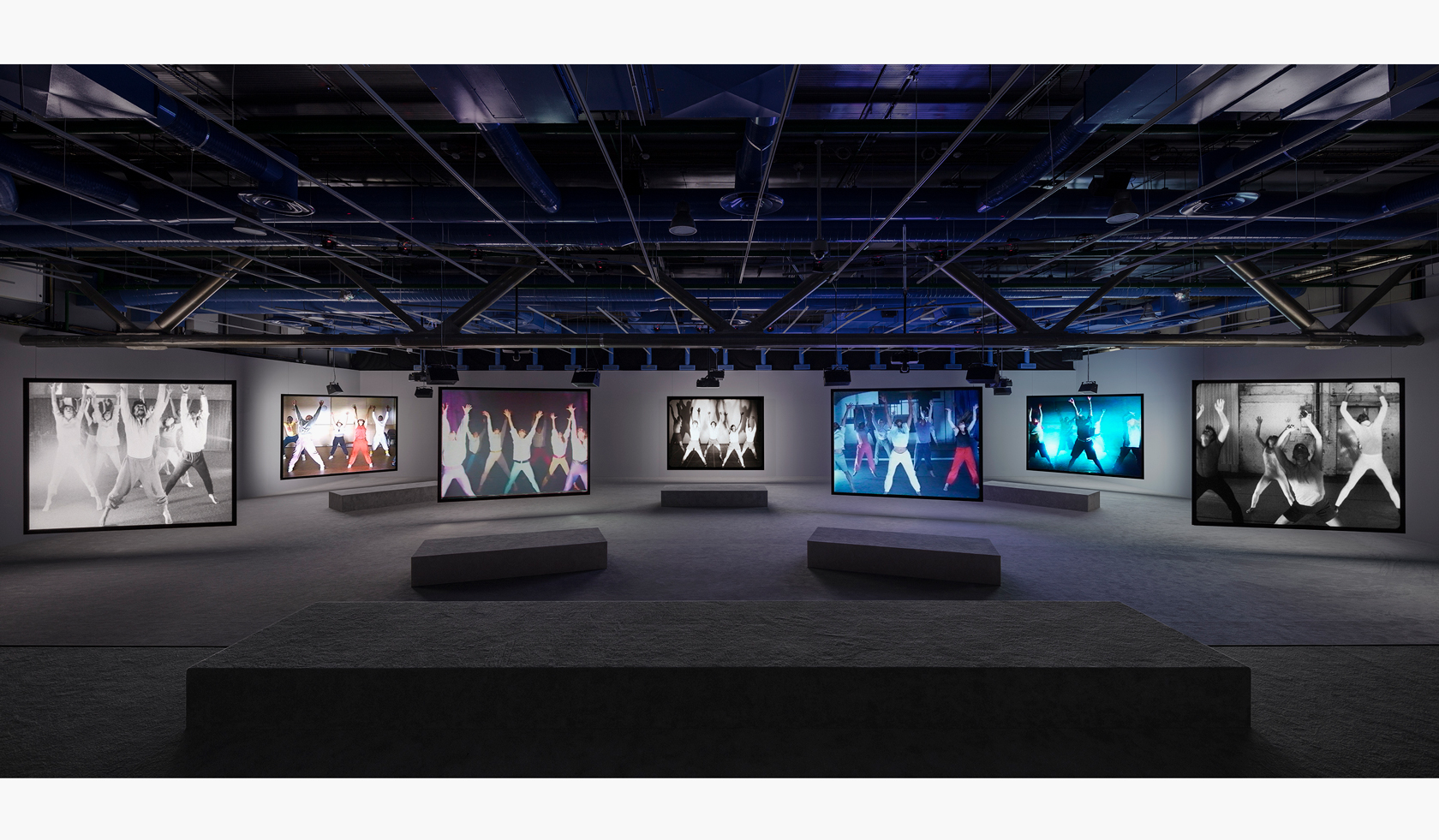
To walk into an exhibition by Jeremy Shaw, we’re asking to get high. We want to find out what gets people high and what defines high ideals.
Edging up a claustrophobic ramp towards Gallery 3 of Paris’ Centre Pompidou, there might be a niggling sense of trepidation. This is a Jeremy Shaw exhibition after all, and they’re never particularly forgettable encounters. Inside the show’s new title work, Phase Shifting Index (part of the museum's Mutations / Créations programme) are seven screens on which people move, writhe, and dance in singular hypnotic rituals to their own soundtracks. These films feel archival – possibly from the 1950s to 1990s – but are in fact rendered through outmoded, and disorientating use of 16mm film and Hi8 video.
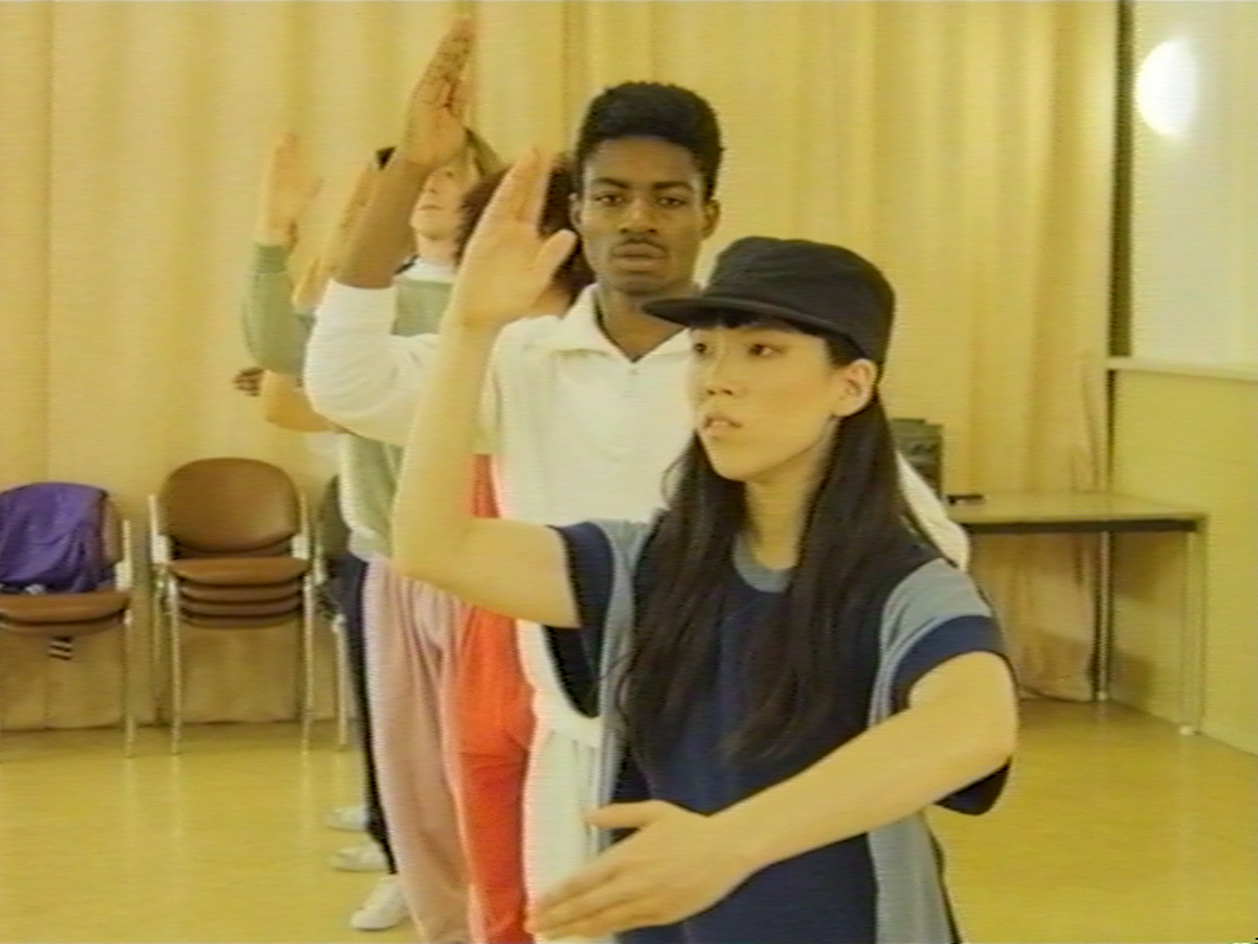
Phase Shifting Index, 2020, installation video.
Aurally, it’s almost as overwhelming as Cildo Meireles’ Babel, a towering sculpture comprising hundreds of radios, each tuned in to a different station. Shaw’s environment spins viewers into a state of unease through intense aural overlaps, but unlike Babel and much to our relief, Phase Shifting Index does eventually reach fruition. A crescendo brews, then each strand unites in pure, ‘cross-temporal’ sync – a moment of collective catharsis for Shaw’s protagonists, and for us. ‘I’ve always found that watching people work themselves into a trance has a proxy-like effect on me,’ he explains, ‘that is something that the dramaturgy of Phase Shifting Index aspires to do with those who engage with it.’
I’ve always found that watching people work themselves into a trance has a proxy-like effect on me’
Much of the Canadian, Berlin-based artist’s interests fall on the cultural fringes, like rave and techno-era subcultures or 1960s and 70s psychedelia. Belief systems, technology, sociology, mass-consumerism, ludicrous parascience, sci-fi and straight science are all thrown onto a level playing field and spun into Shaw’s academic, fictional web. In an era where distinguishing genuine news from satire, sensationalism from plausible scientific breakthroughs, Shaw’s hypothetical plots suddenly feel quite close to home.
Shaw’s fascination with transcendence can be traced to his roots: growing up with Catholicism, playing games to ‘intentionally black out’, excommunicating himself, exploring spiritual hedonism and toying with limits.
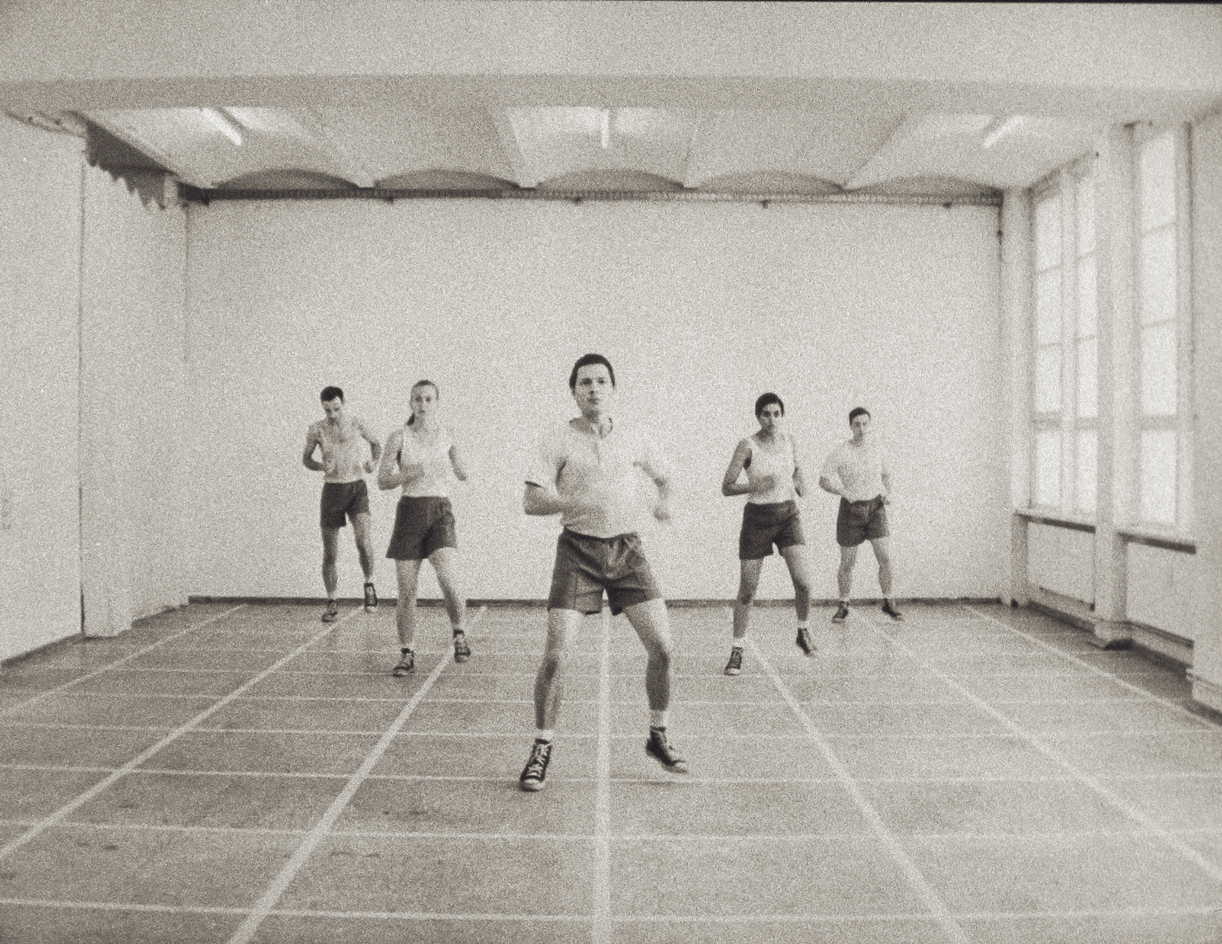
Phase Shifting Index, 2020, installation video.
Since the mid-2000s, his ideas have become more intuitive and propositional. ‘My early work followed a more didactic, conceptual approach whereas the newer works are much more alchemical in their combining of various formal, aesthetic and conceptual elements into autonomous wholes,’ he explains.
It’s Shaw’s command of film and deep engagement with his ideas that make his work so acutely disorientating. In 2004, he made the piece that pricked the ears of the art world. In DMT, eight subjects, including Shaw, take the hallucinogen dimethyltryptamine (DMT) on camera. Subtitles capture the detached, incoherent commentary of the corporeal self in an out-of-body experience. As Shaw described in an interview with the Swiss Institute’s Simon Castets and Laura McLean-Ferris, ‘This quickly revealed to me how insufficient language was to elucidate such a mind-blowing experience, with most participants struggling dramatically to put into words the profundity of what had transpired.’
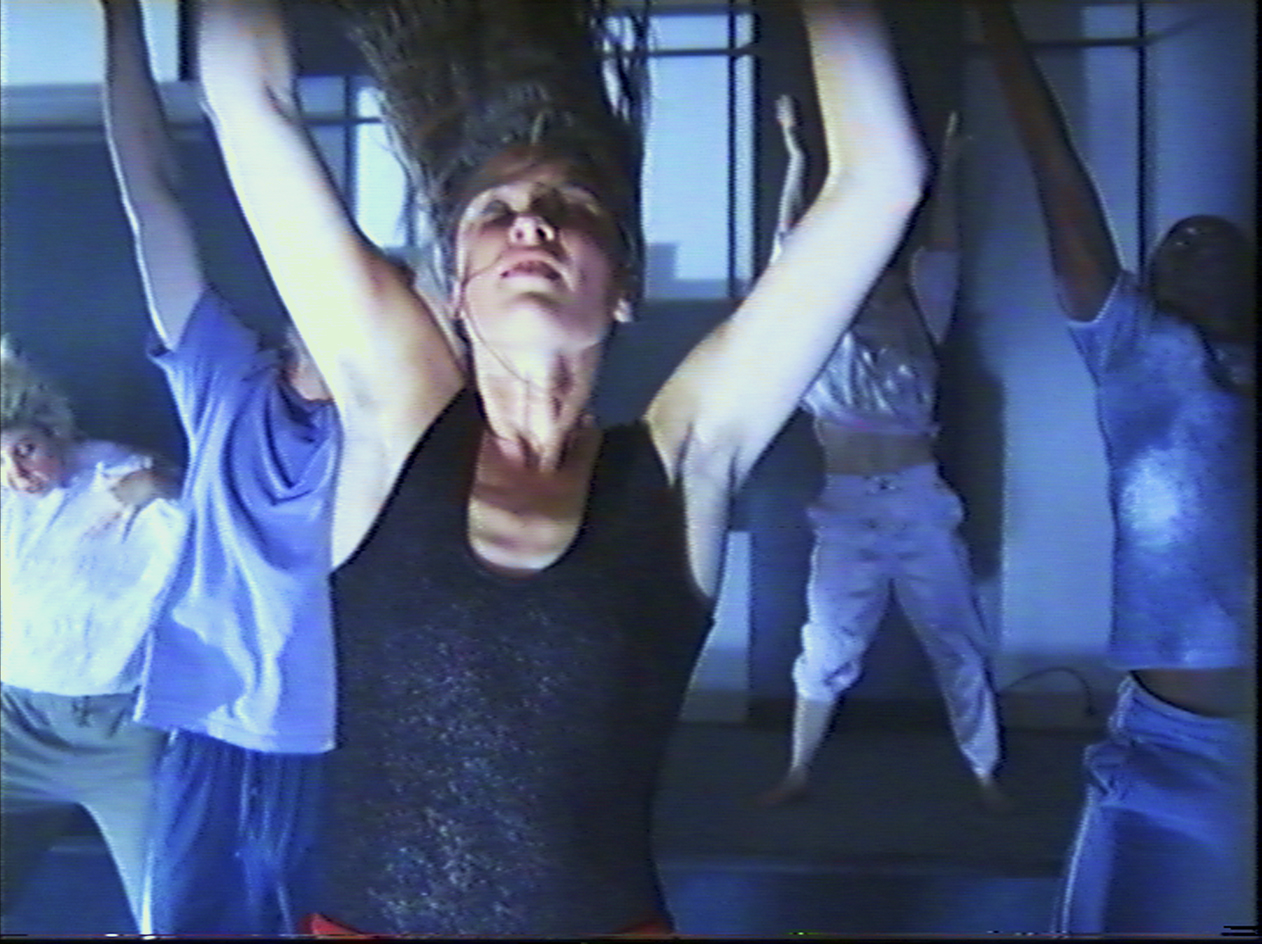
Phase Shifting Index, 2020, installation video.
Shaw doesn't need conventional language to transport his concepts; his talent lies in allowing unsuspecting spectators to become integral to the work before they know it. In 2012, for the group show ‘One on One’ at Kunst-Werke, Berlin, artists were commissioned to create a work that only a single person could experience at a time. Shaw’s piece invited a viewer into a chamber where they sat on a chair in a fixed position. A video started playing, which Shaw describes as ‘some dated novelty you might find in a thrift shop discount bin’, riddled with subliminal messaging. If the viewer stood up, the video stopped.
The human desire to escape one’s perceived reality and the apparent universality to the phenomena fascinates me to no end
Shaw’s art grips us through multisensory manipulation, in a similar way that a DJ might command the behaviour of a club with frequencies and subfrequencies. It’s not so much about what we’re seeing or hearing, but how it makes us feel.
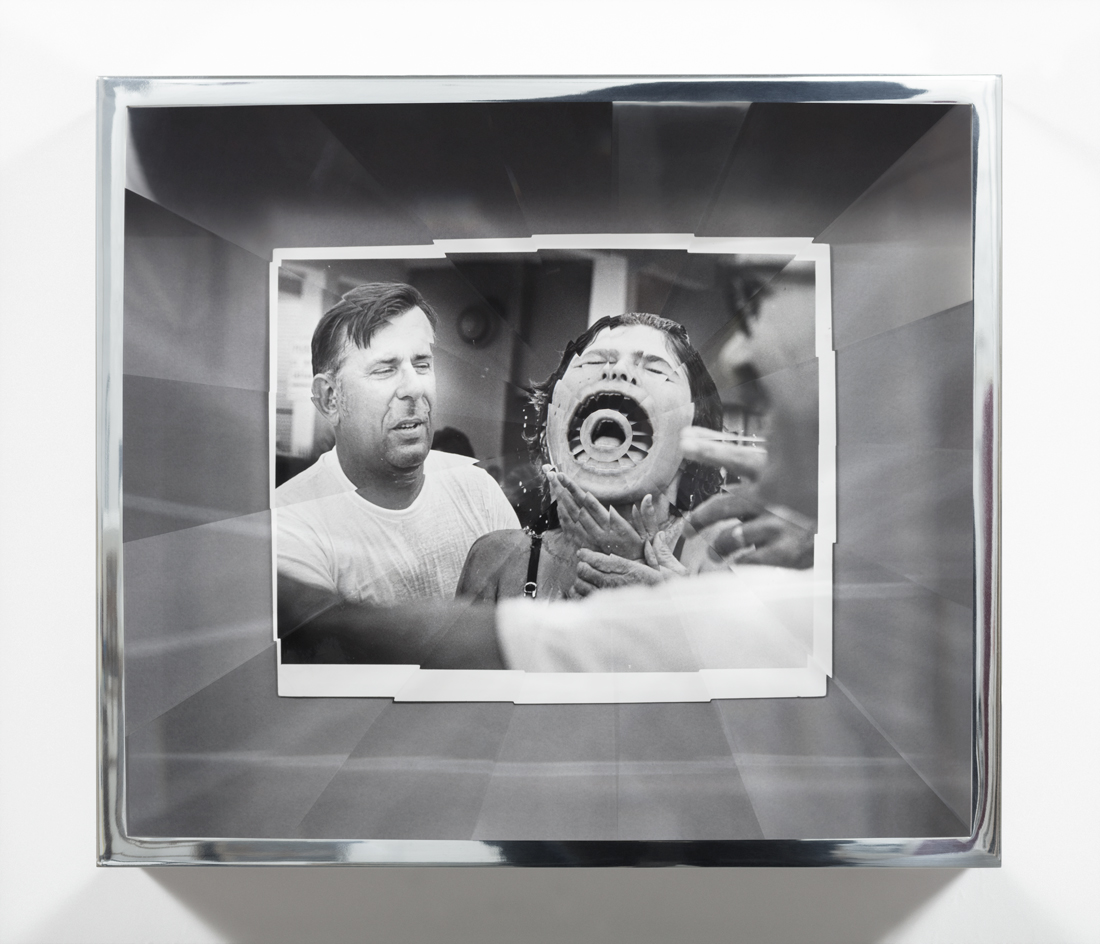
Jeremy Shaw, Towards Universal Pattern Recognition (Baptism Bayfront Center, 1982)
At König London, concurrent with the Centre Pompidou show, Shaw is having another moment, ‘Selected Facets and Translation’. In the ongoing series, Towards Universal Pattern Recognition, he studies high states of mind through low-tech methods. Multi-faceted acrylic boxes frame and distort archival photographs of people experiencing some form of ‘awakening’, the nature of which is hard to deduce – is it ecstasy, salvation or desperation? A cheerleader clasps her hands and prays, a yogi meditates, someone undergoes psychic intervention and whirling dervishes practice physical endurance to honour their higher power. ‘I’m specifically interested in the human notion of transcendence – of actively searching it out, however one attempts to do so. Be it through dance, religion, drugs, technology, etc. – the human desire to escape one’s perceived reality and the apparent universality to the phenomena fascinates me to no end.’
Lining another wall, his series, Aesthetic Capacity, sees Shaw engage with the Kirlian photography technique. For this, he listened to the 1969 ‘Billboard Hot 100’ and at a particular point in each track, charged his index finger with a bolt of electricity and placed it on Polaroid film. The result is a grid of fingerprints surrounded by a halo-like aura, supposedly an optical snapshot of Shaw’s bodily response to each song.
Receive our daily digest of inspiration, escapism and design stories from around the world direct to your inbox.
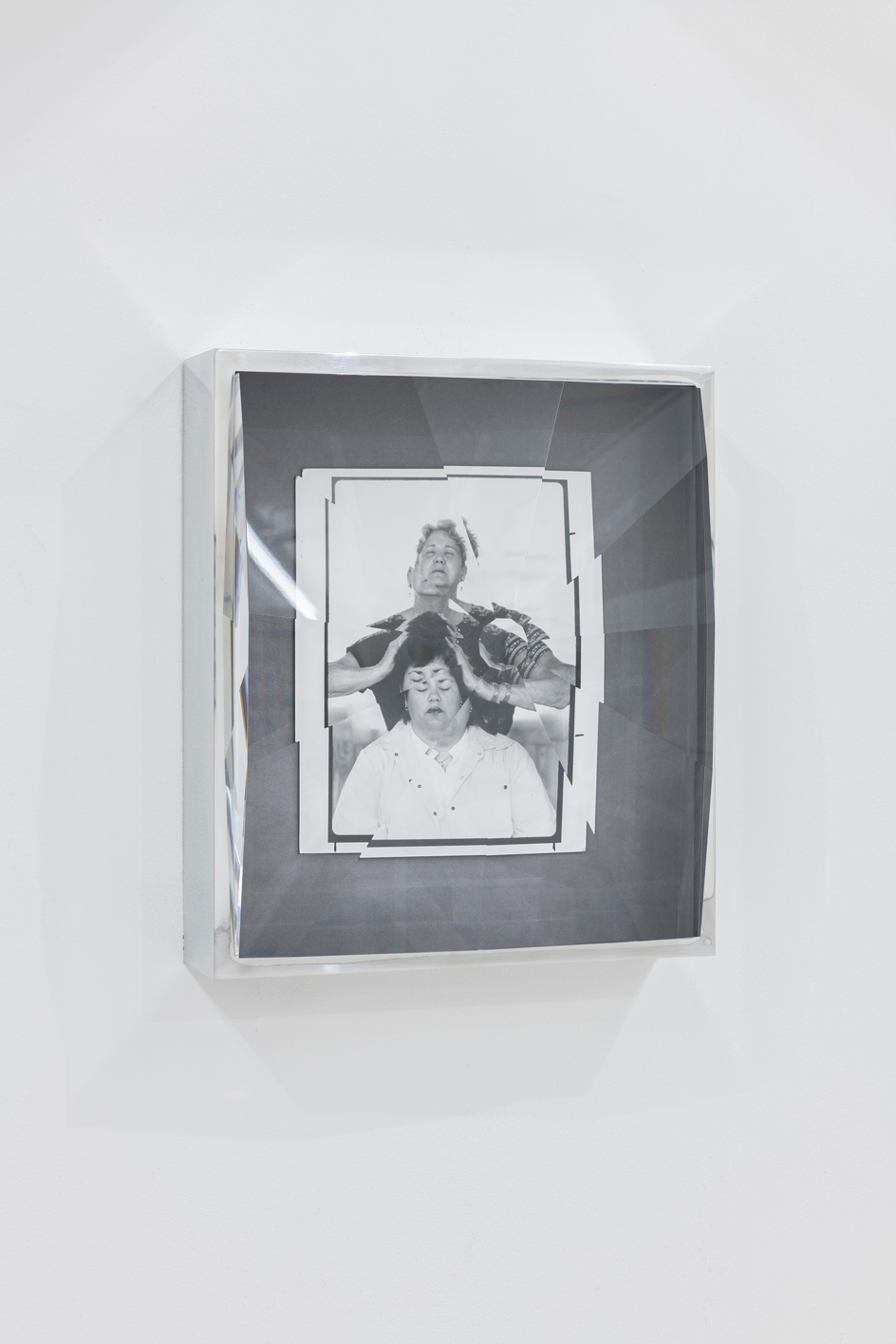
Jeremy Shaw, Towards Universal Pattern Recognition (Psychics OCT 17 1071), 2018.
The work of Jeremy Shaw can take us to spaces where the inconceivable becomes real for just a few moments, or as one of the DMT participants – mid-drug-induced stupor – uttered, ‘just somewhere completely elsewhere.’ To understand his work wholly might take months of scholarship, but one thing we can learn is to always expect the unexpected.
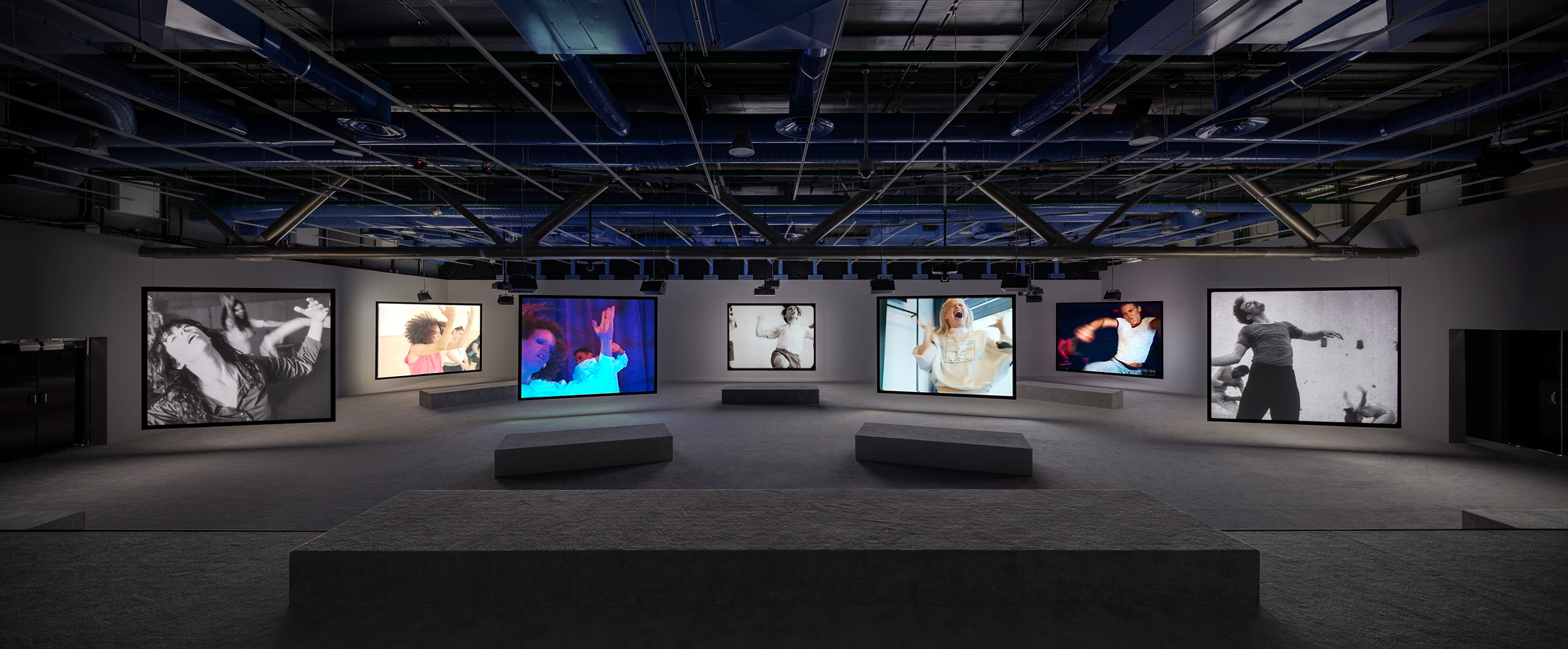
Installation view of Jeremy Shaw, Phase Shifting Index. courtesy Jeremy Shaw and König Galerie
INFORMATION
Centre Pompidou, Paris and König, London are temporarily closed to the public. centrepompidou.fr; koeniglondon.co.uk
Harriet Lloyd-Smith was the Arts Editor of Wallpaper*, responsible for the art pages across digital and print, including profiles, exhibition reviews, and contemporary art collaborations. She started at Wallpaper* in 2017 and has written for leading contemporary art publications, auction houses and arts charities, and lectured on review writing and art journalism. When she’s not writing about art, she’s making her own.
-
 At $31.4 million, this Lalanne hippo just smashed another world auction record at Sotheby’s
At $31.4 million, this Lalanne hippo just smashed another world auction record at Sotheby’sThe jaw-dropping price marked the highest-ever for a work by François-Xavier Lalanne – and for a work of design generally
-
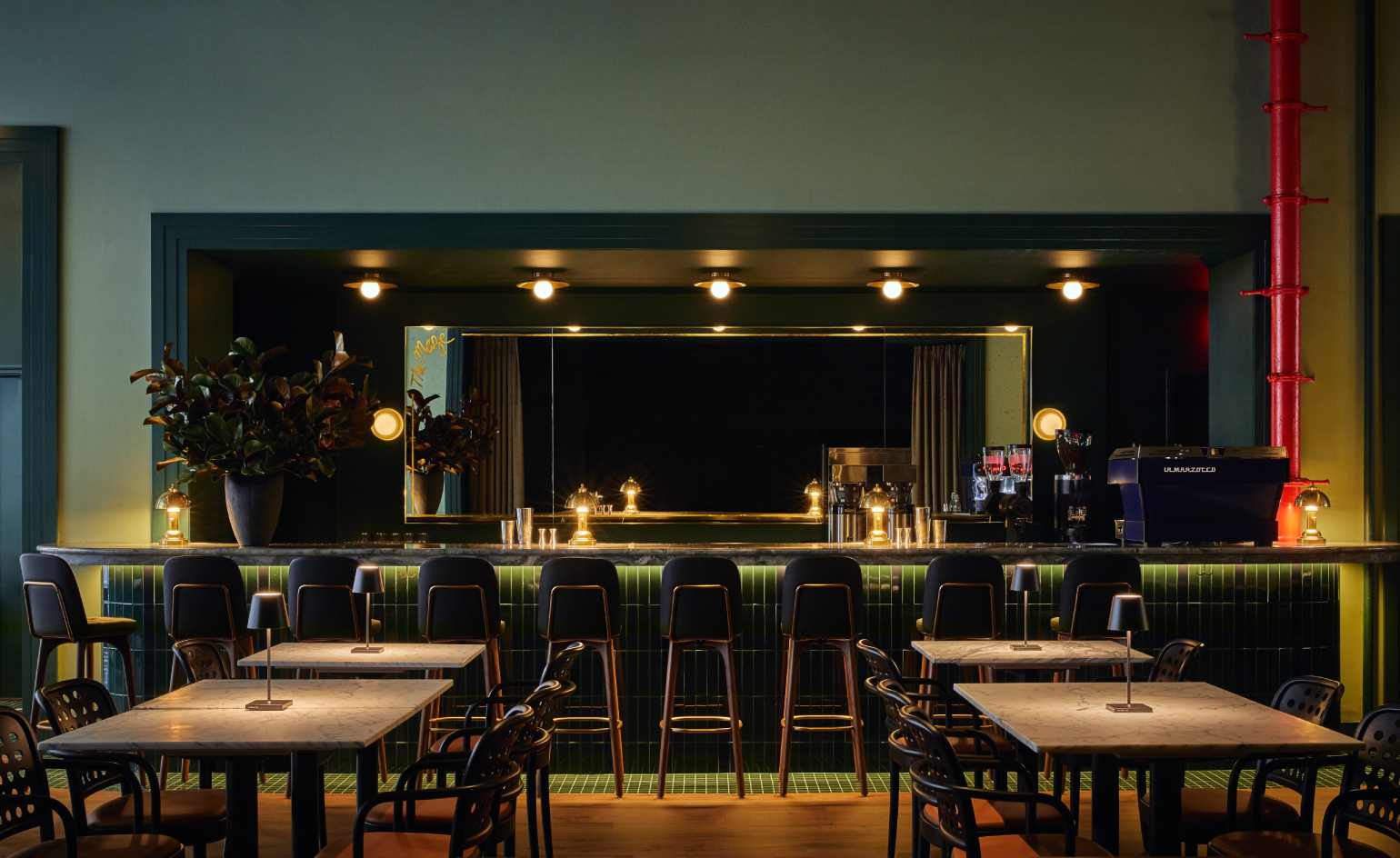 NYC’s first alcohol-free members’ club is full of spirit
NYC’s first alcohol-free members’ club is full of spiritThe Maze NYC is a design-led social hub in Flatiron, redefining how the city gathers with an alcohol-free, community-driven ethos
-
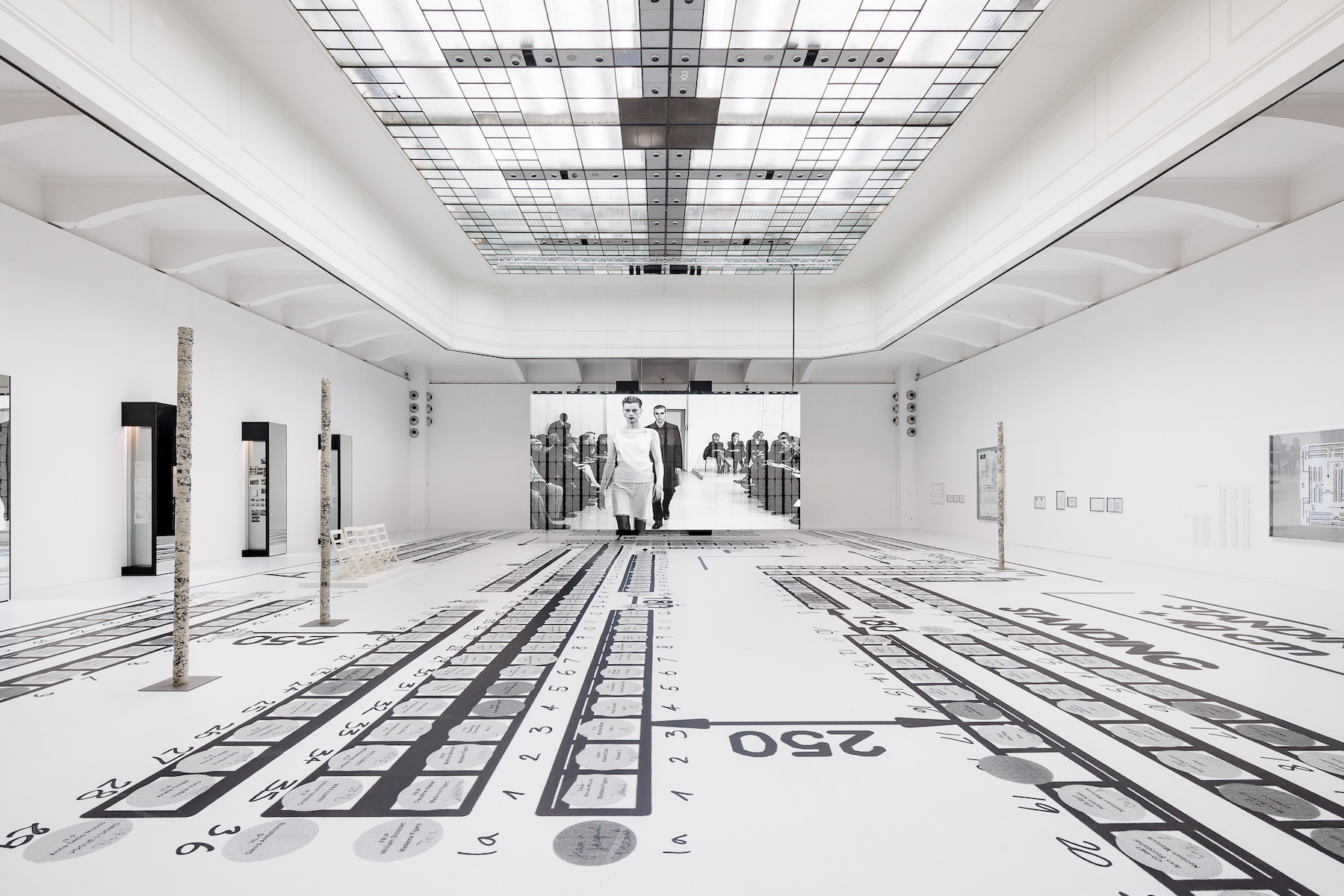 Inside Helmut Lang’s fashion archive in Vienna, which still defines how we dress today
Inside Helmut Lang’s fashion archive in Vienna, which still defines how we dress todayNew exhibition ‘Séance de Travail 1986-2005’ at MAK in Vienna puts Helmut Lang’s extraordinary fashion archive on view for the first time, capturing the Austrian designer-turned-artist’s enduring legacy
-
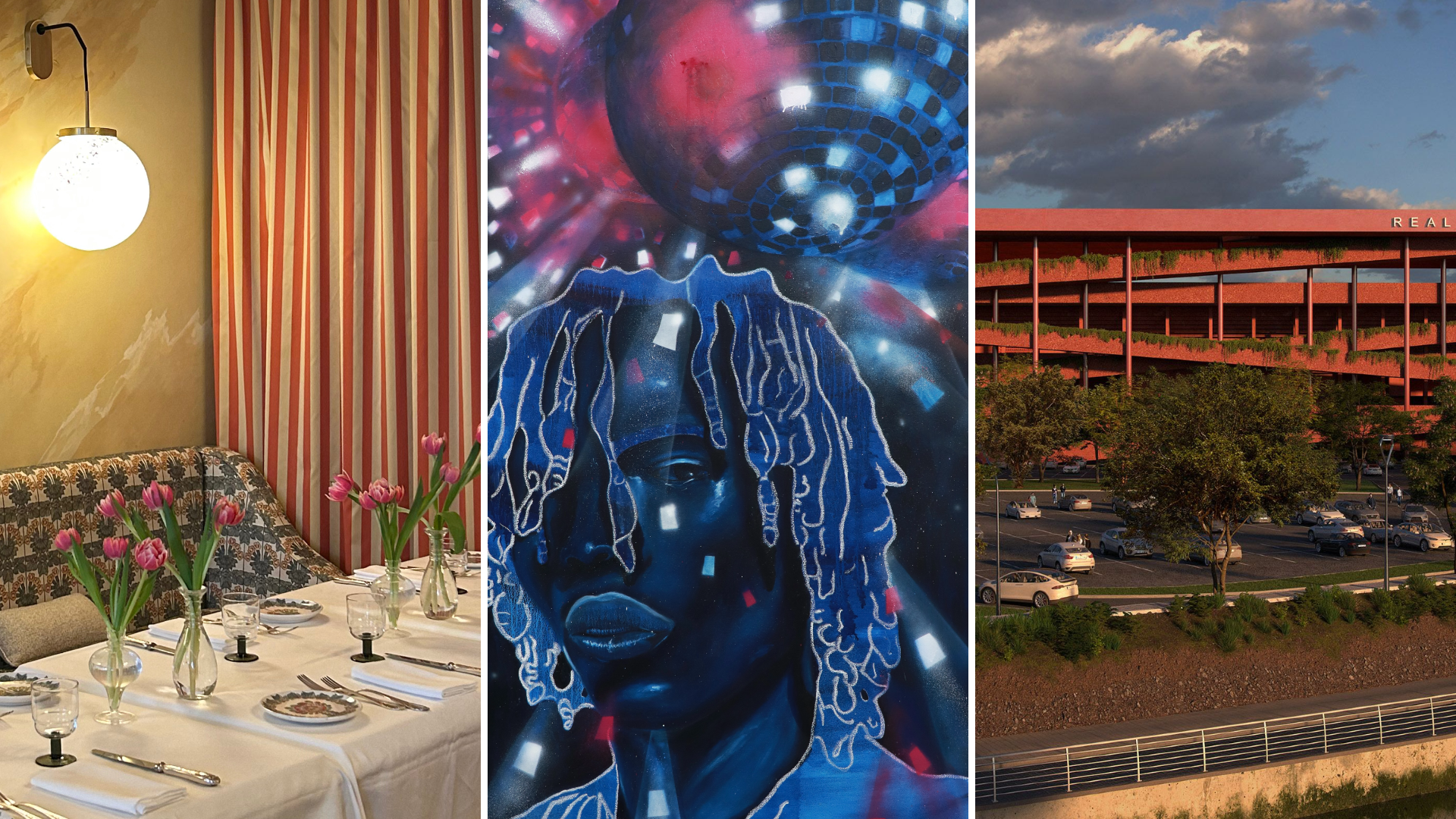 Out of office: The Wallpaper* editors’ picks of the week
Out of office: The Wallpaper* editors’ picks of the weekIt’s wet, windy and wintry and, this week, the Wallpaper* team craved moments of escape. We found it in memories of the Mediterranean, flavours of Mexico, and immersions in the worlds of music and art
-
 Each mundane object tells a story at Pace’s tribute to the everyday
Each mundane object tells a story at Pace’s tribute to the everydayIn a group exhibition, ‘Monument to the Unimportant’, artists give the seemingly insignificant – from discarded clothes to weeds in cracks – a longer look
-
 Out of office: The Wallpaper* editors’ picks of the week
Out of office: The Wallpaper* editors’ picks of the weekThis week, the Wallpaper* team had its finger on the pulse of architecture, interiors and fashion – while also scooping the latest on the Radiohead reunion and London’s buzziest pizza
-
 Out of office: The Wallpaper* editors’ picks of the week
Out of office: The Wallpaper* editors’ picks of the weekIt’s been a week of escapism: daydreams of Ghana sparked by lively local projects, glimpses of Tokyo on nostalgic film rolls, and a charming foray into the heart of Christmas as the festive season kicks off in earnest
-
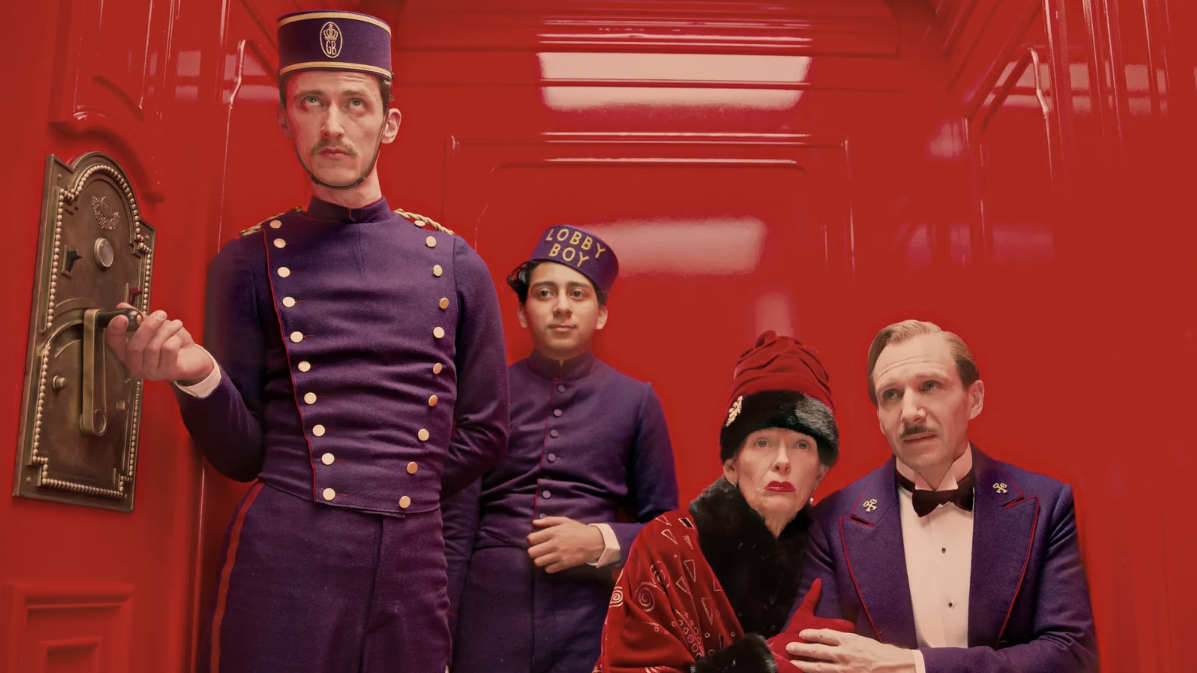 Wes Anderson at the Design Museum celebrates an obsessive attention to detail
Wes Anderson at the Design Museum celebrates an obsessive attention to detail‘Wes Anderson: The Archives’ pays tribute to the American film director’s career – expect props and puppets aplenty in this comprehensive London retrospective
-
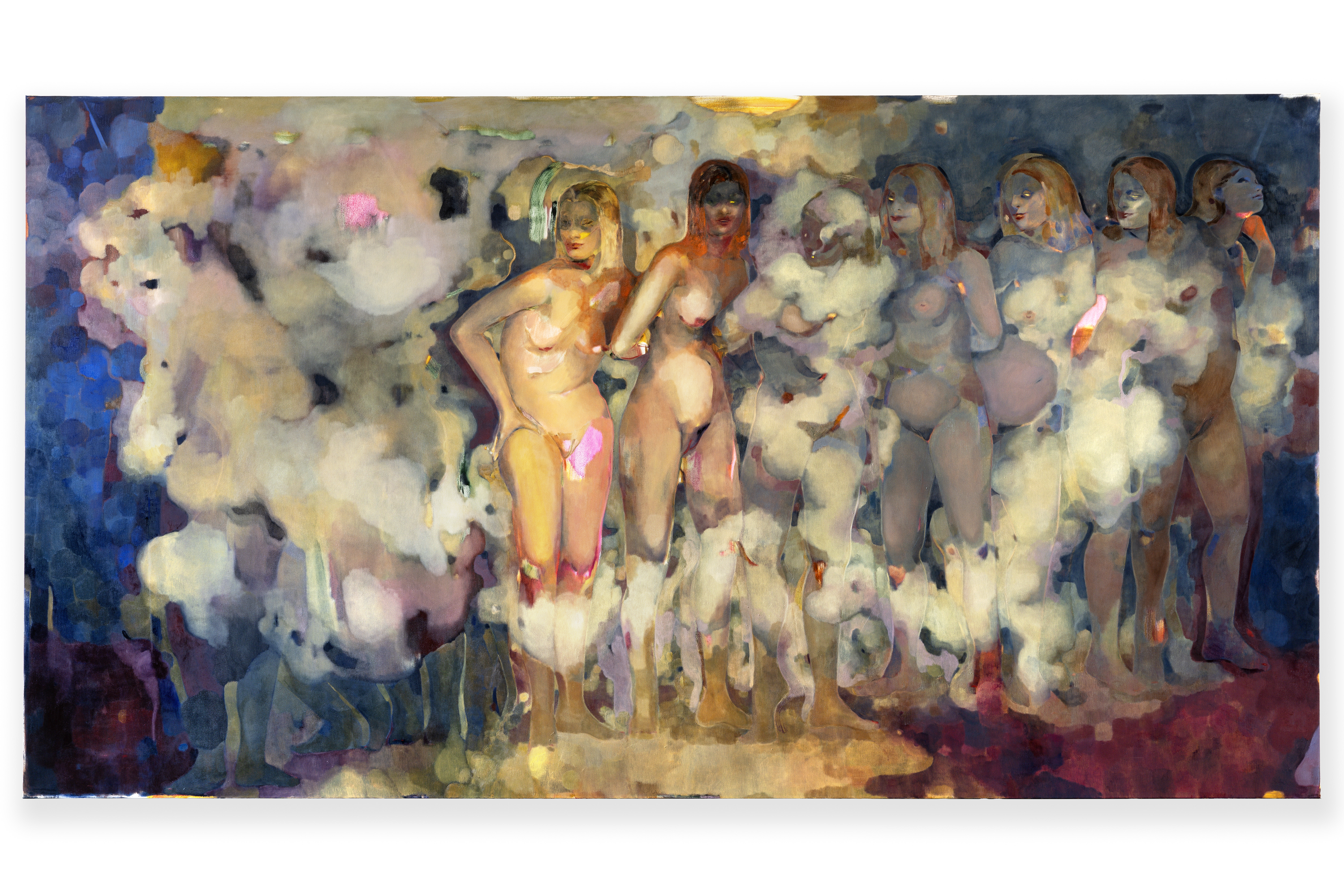 Meet Eva Helene Pade, the emerging artist redefining figurative painting
Meet Eva Helene Pade, the emerging artist redefining figurative paintingPade’s dreamlike figures in a crowd are currently on show at Thaddaeus Ropac London; she tells us about her need ‘to capture movements especially’
-
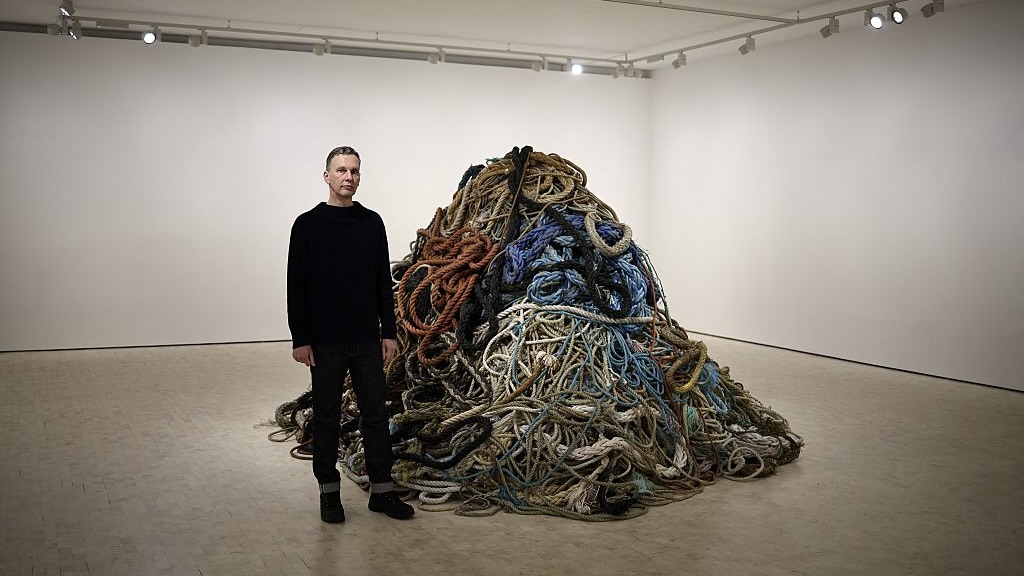 David Shrigley is quite literally asking for money for old rope (£1 million, to be precise)
David Shrigley is quite literally asking for money for old rope (£1 million, to be precise)The Turner Prize-nominated artist has filled a London gallery with ten tonnes of discarded rope, priced at £1 million, slyly questioning the arbitrariness of artistic value
-
 Out of office: The Wallpaper* editors’ picks of the week
Out of office: The Wallpaper* editors’ picks of the weekThe rain is falling, the nights are closing in, and it’s still a bit too early to get excited for Christmas, but this week, the Wallpaper* team brought warmth to the gloom with cosy interiors, good books, and a Hebridean dram